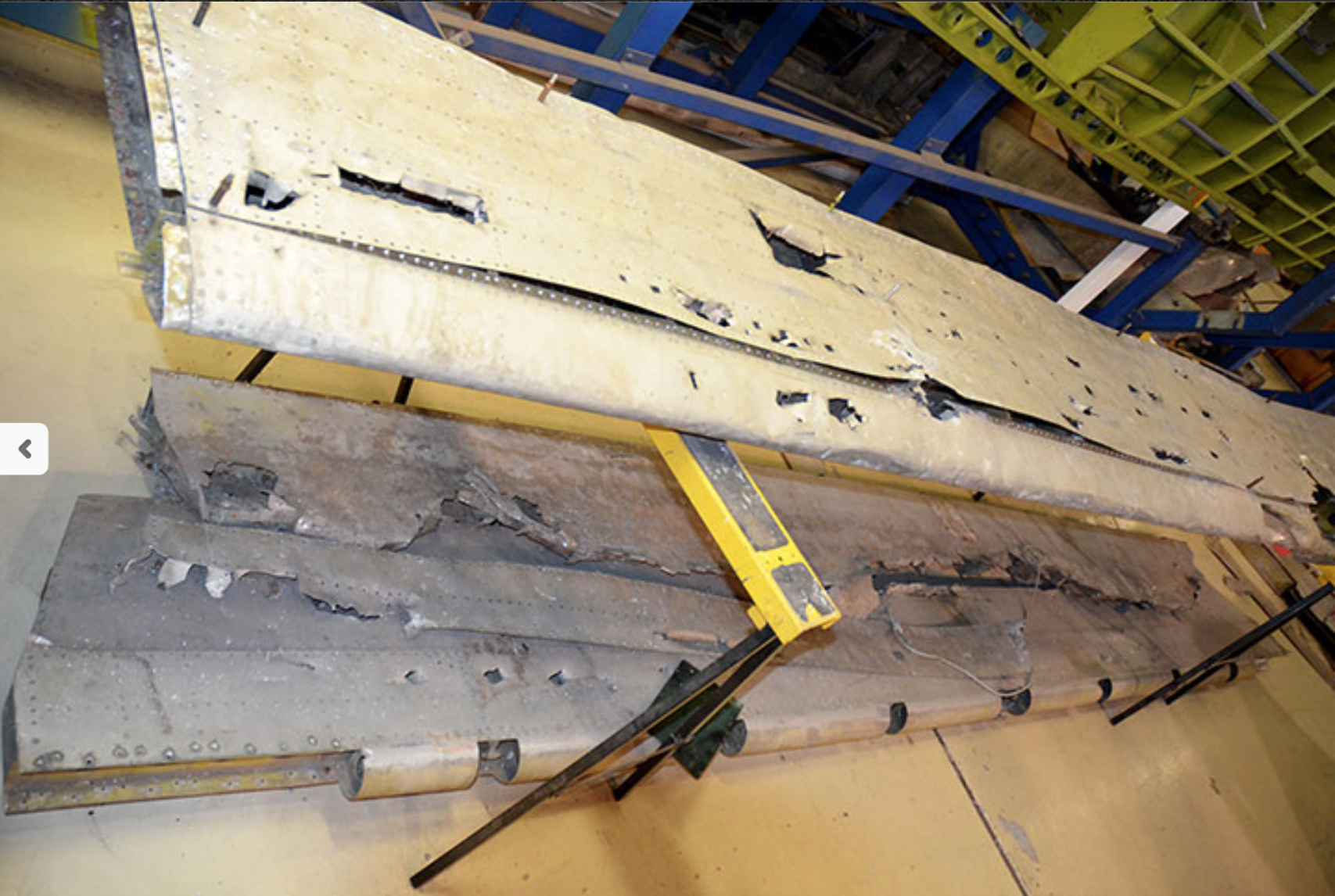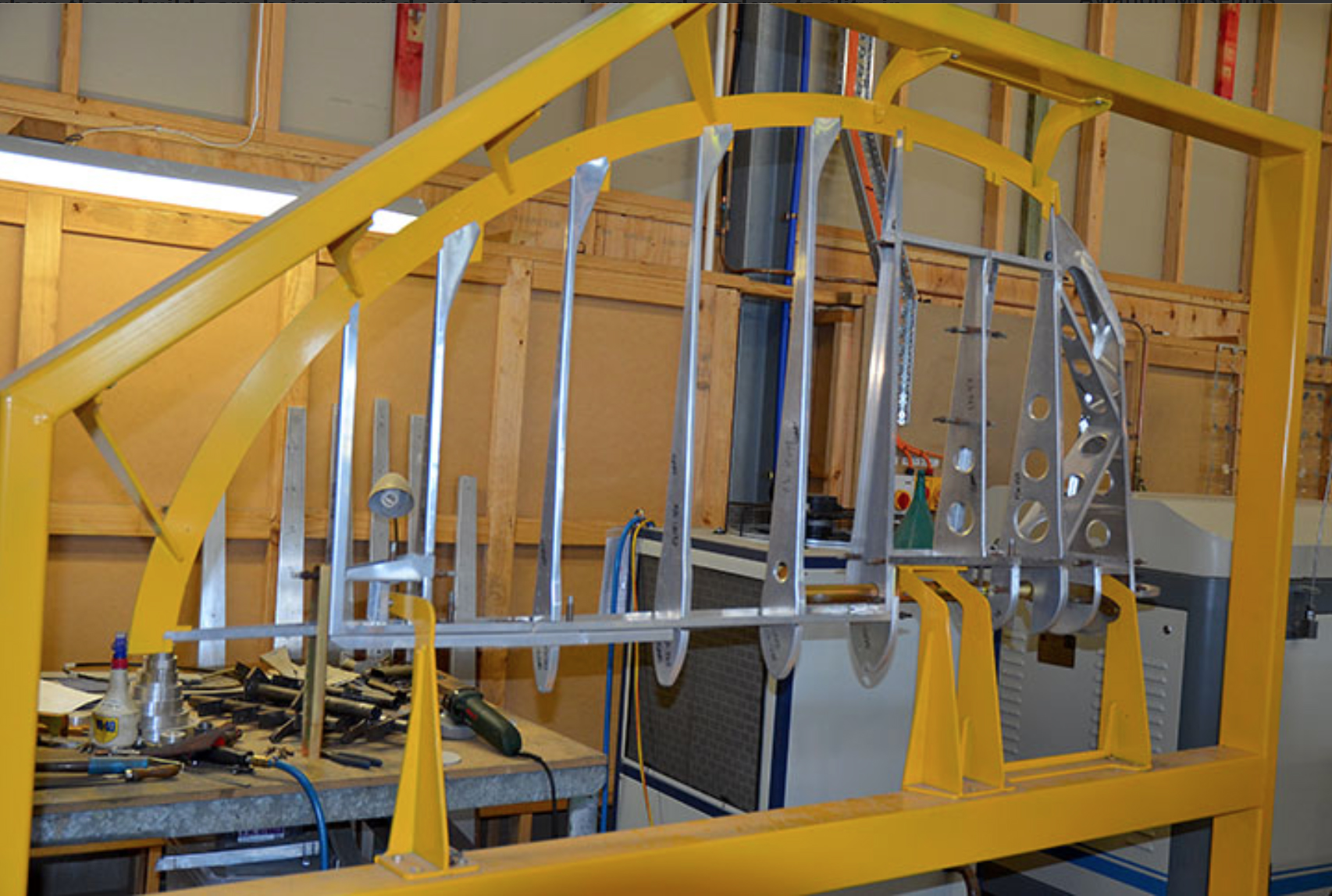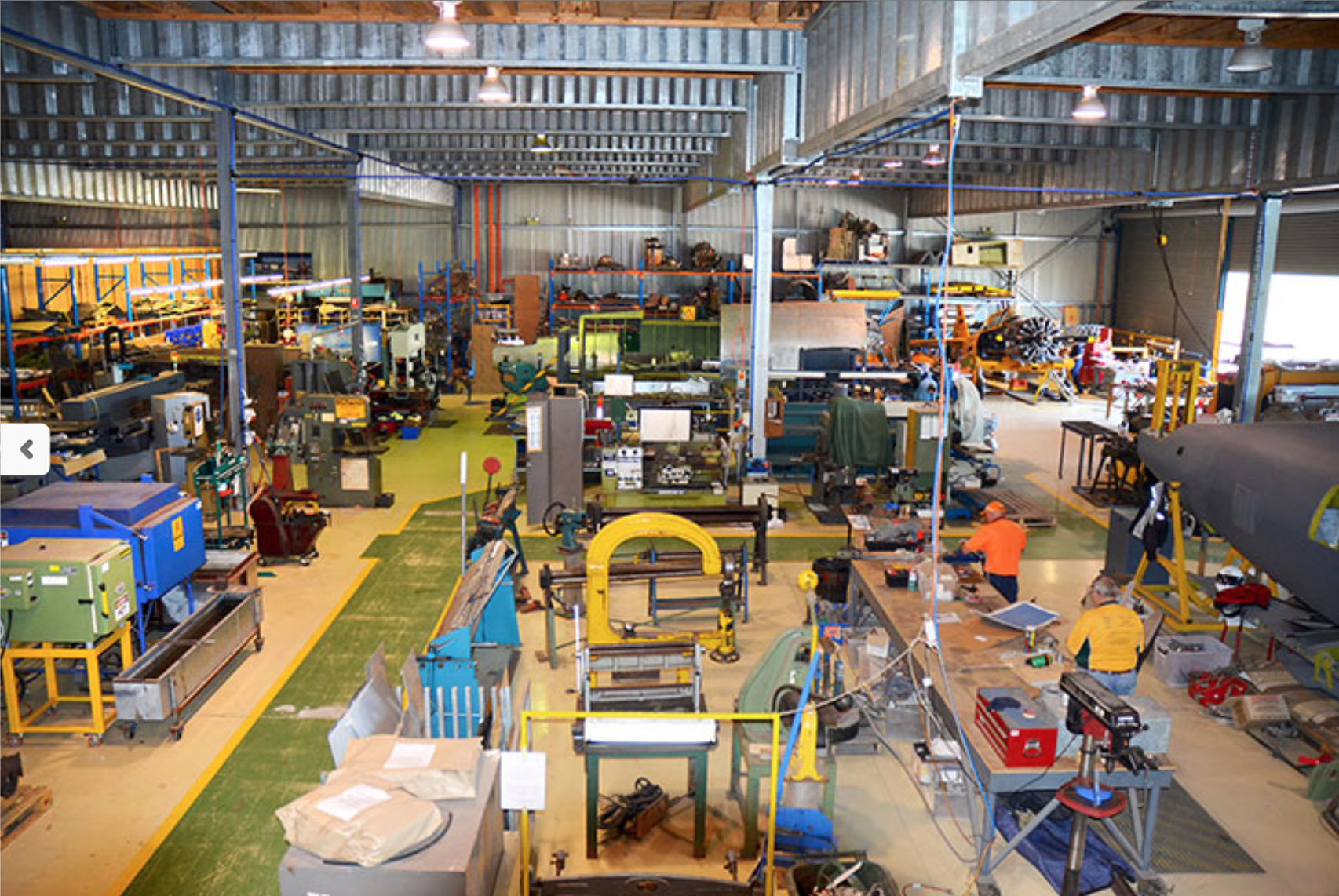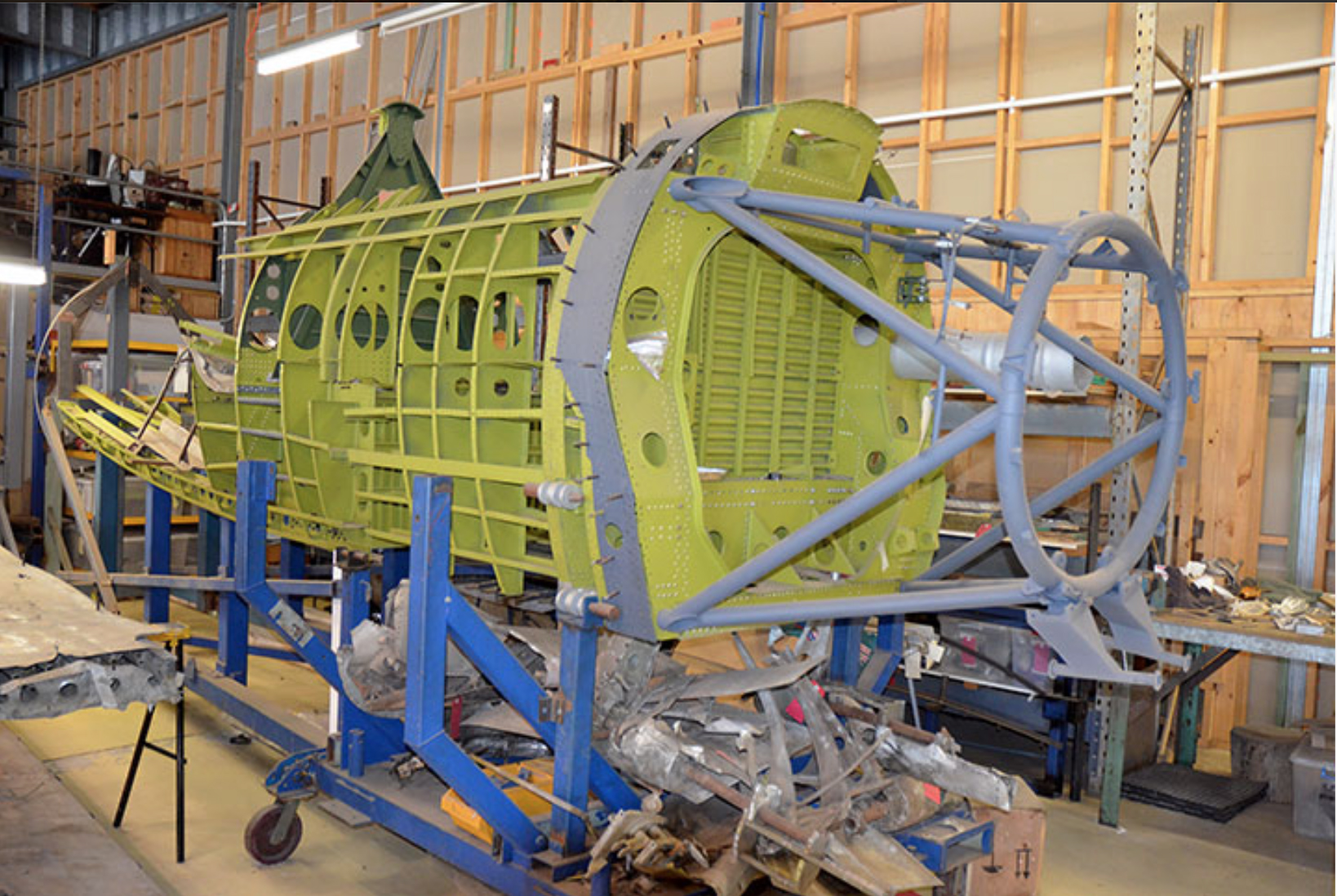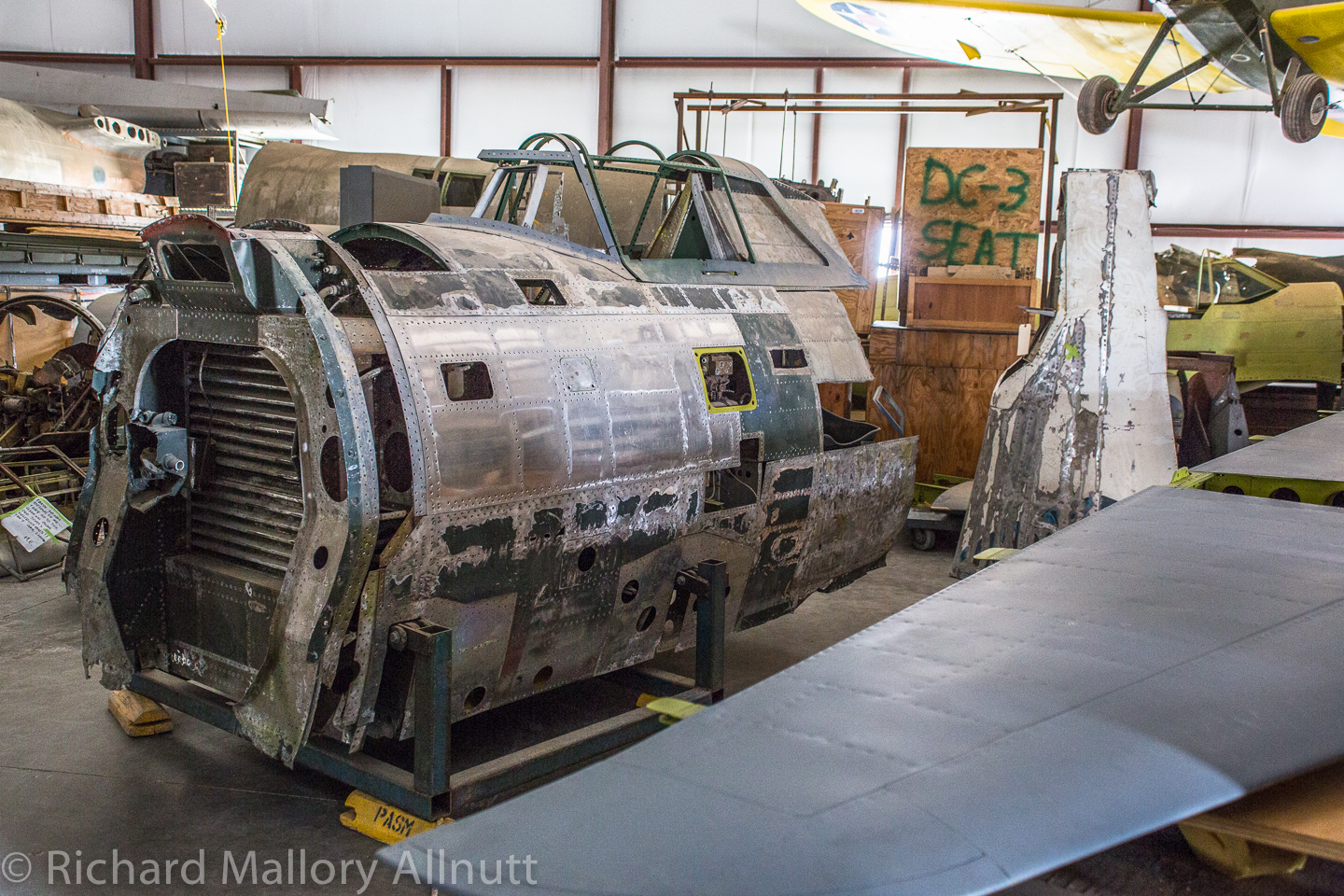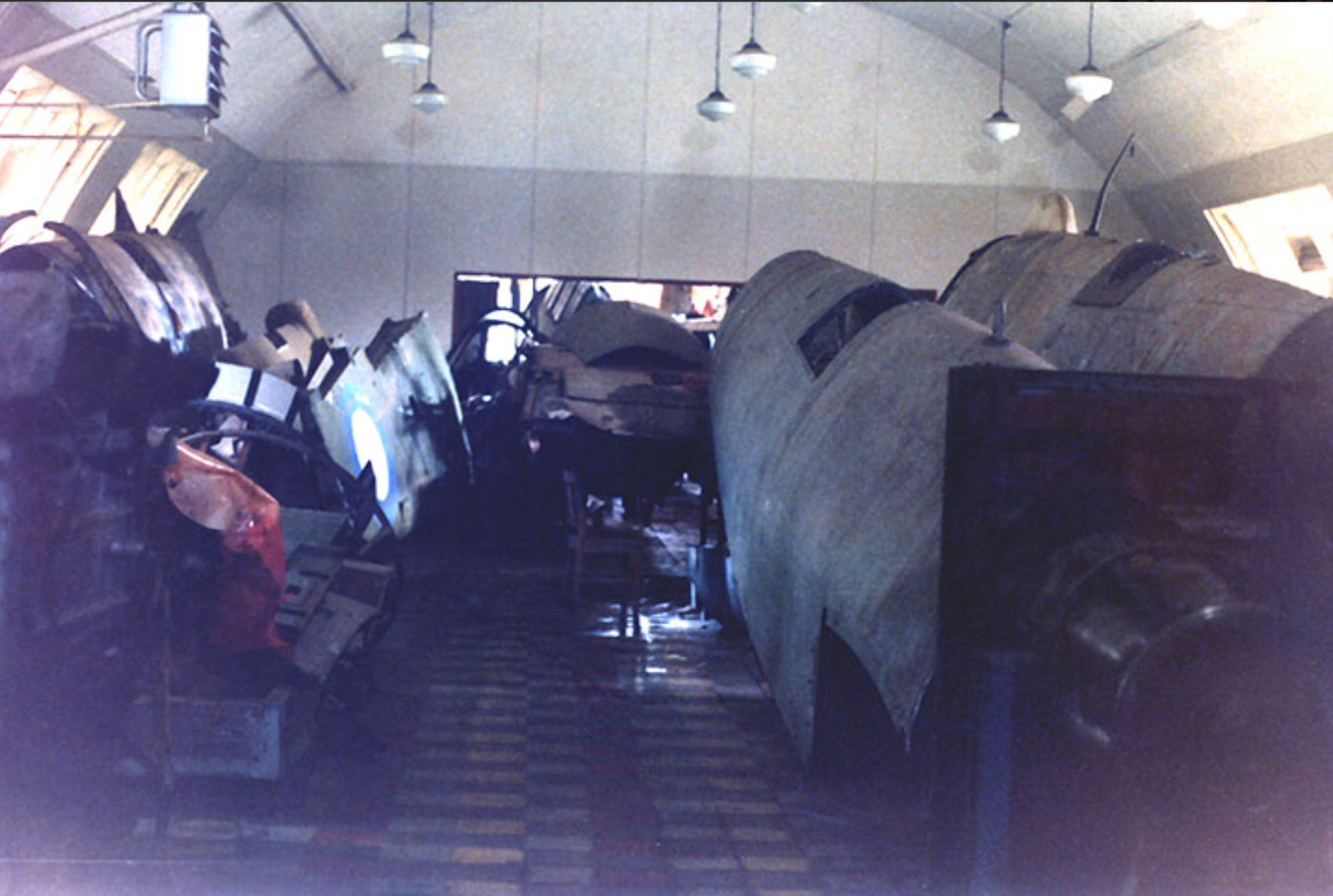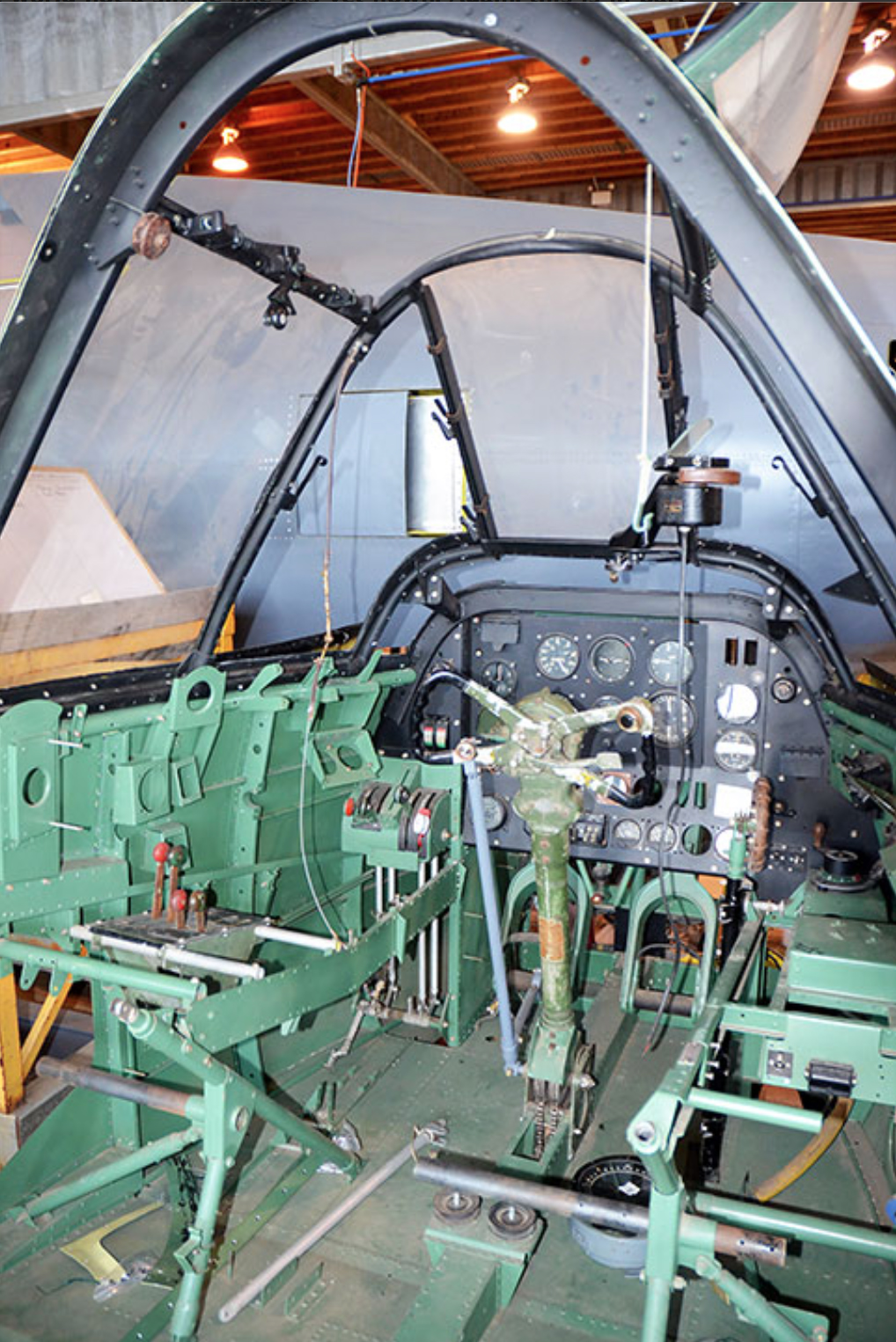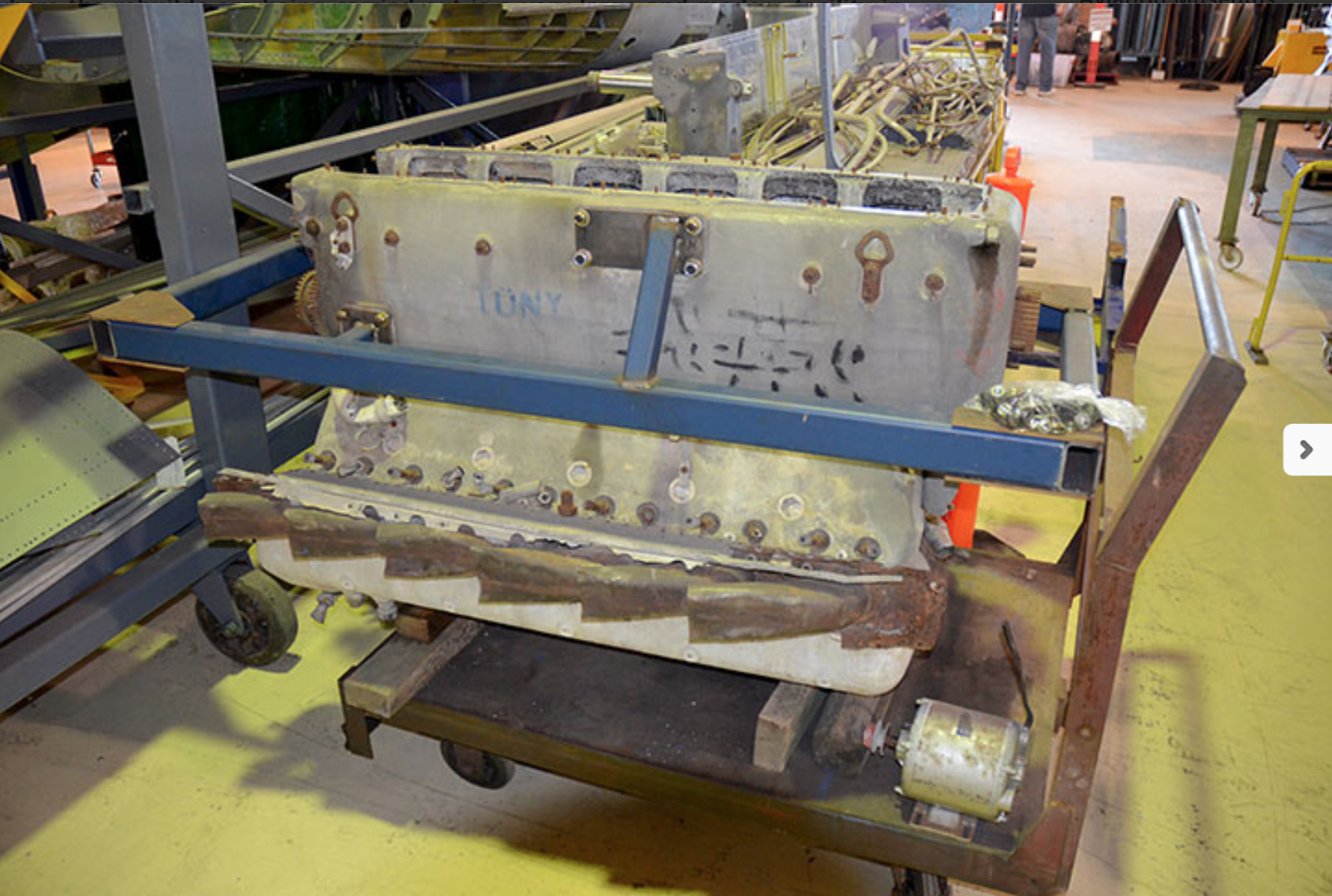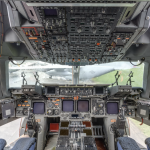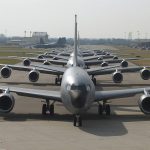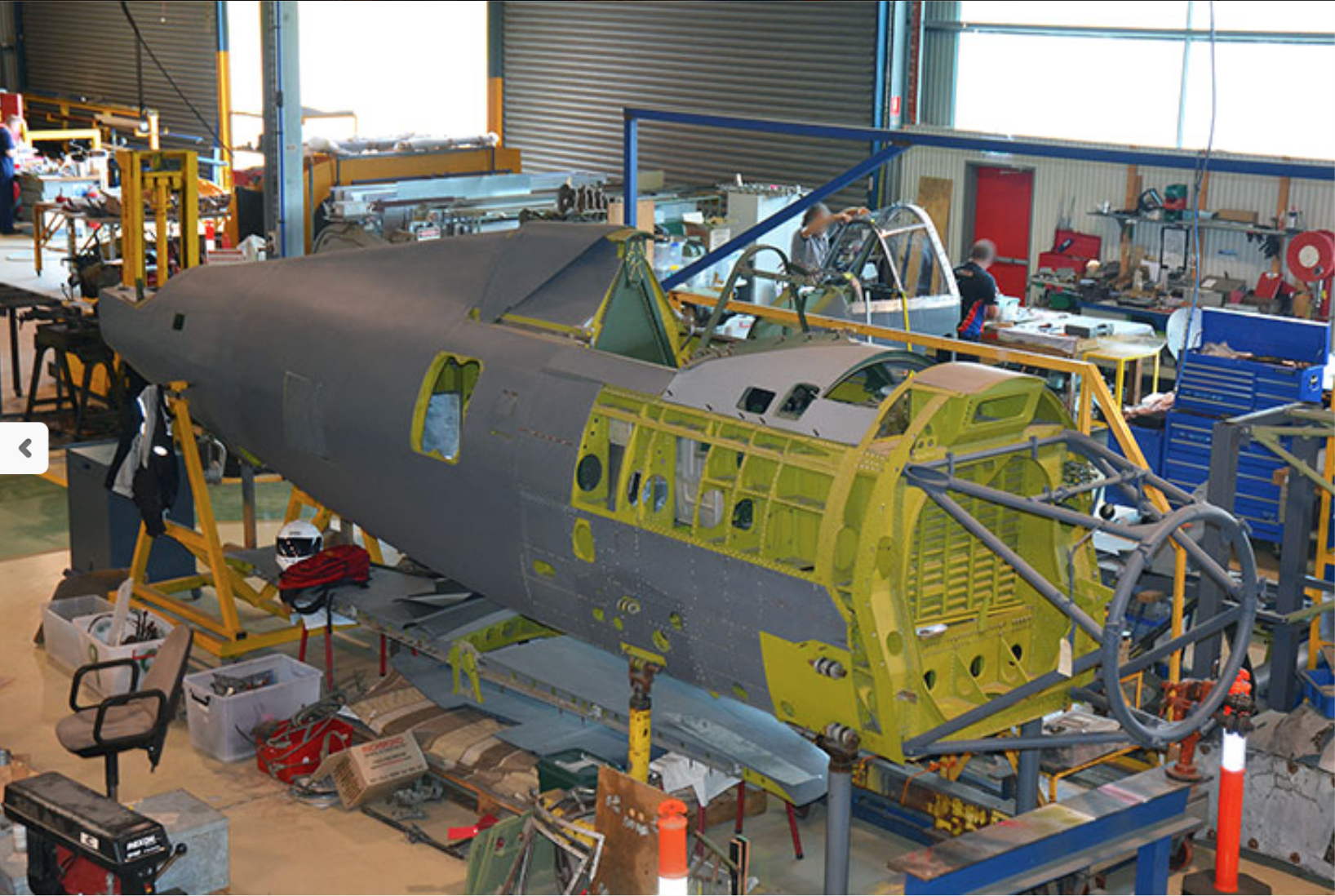
Based upon an article by John Parker of Warbirds Online
John Parker recently visited Historic Aircraft Restorations Limited in Albion Park, New South Wales, Australia. This is the world renowned Historic Aircraft Restoration Society’s main workshop. Known more colloquially as HARS, the all-volunteer organization is Australia’s largest civilian-owned warbird museum, and has a number of significant, airworthy warbirds in its collection, including a Lockheed C-121C Super Constellation, PBY-6A Catalina, DHC-4 Caribou, and even a pair of P2V Neptunes. There are many rare warbirds under restoration in the hangar, the most prominent of which are examples of the Bristol Beaufighter, Lockheed P-38 Lightning, Republic P-47 Thunderbolt, and Kawasaki Ki-61 Hein. Robert Greinert is HARS workshop manager, and helped found the museum back in 1979. Greinert is also noted for his recoveries of WWII aircraft from around Australia and the South Pacific.
The HARS restoration team is working on the economy of scale, teaming up with several different museums around the world to refurbish/rebuild multiple examples of several aircraft types. For example, during Parker’s visit there were three Lockheed P-38 Lightnings receiving work: one for HARS, one for the Papua New Guinea (PNG) Government and a third for the Pima Air and Space Museum in Tucson Arizona. Greinert has gathered the components for these aircraft over many years from sites around the WWII Pacific battle zone. Greinert also found several sources in the USA, including a large cache previously owned by Bruce Pruitt.
The workshop is a very large and modern facility, with all manner of heavy duty fabricating machines. There’s even a massive water cutter and a huge rubber press for stamping out metal panels and parts. The workshop fields roughly twenty active personnel, with four being full-time professionals.
There are three rare P-47 Thunderbolt razorback variants on the books with HARS. One of these, P-47D 42-8130, is destined for the Pima Air & Space Museum (it’s currently in storage in Arizona), one for HARS (P-47D 42-8066) and another P-47D. Much of the airworthy restoration work will be new-build construction based upon original “template” parts, but original components are always used where possible. The Thunderbolt projects have been under way for some time. Work is quite advanced on the first example, with the second fuselage in its jig progressing well, while the third is waiting in the wings. The partial fuselage of a fourth example, P-47D 42-22687, was also recovered by Greinert, although it is in such time-capsule condition, it is being cleaned and preserved as-is for eventual display. It is a very useful reference for the other aircraft, particularly in the cockpit layout. Thunderbolts are complex aircraft by WWII standards, and require a big commitment to rebuild compared to some of the earlier Allied and Axis fighters. In addition, given the comparative rarity of the P-47, it is much more difficult to obtain parts and information as opposed to a relatively common P-51 or Spitfire for instance, so the task is larger and more difficult. This is why building several examples simultaneously makes more economic sense, and it’s a testament to the powers of international collaboration.
There are currently parts for three Beaufighter projects in the workshop. An enormous jig currently holds the fuselage for the Australian-built Beaufighter Mk.21 destined to join the HARS fleet. Elsewhere in the workshop, three Beaufighter nose assemblies are under construction: one for the HARS flying project, one for the Darwin Aviation Museum and one for a UK-based museum. HARS has a long association with the Beaufighter, as the type was amongst the first to join the collection when they recovered two abandoned examples in Australia during the museum’s early days. HARS traded and partially restored one of these Beaufighters, Mk.1c T5049, in exchange with the National Museum of the US Air Force for a C-121C Super Constellation.
Greinert probably has most of the globally available spares and project material for the Beaufighter. He recently acquired the substantially complete Beaufighter Mk.If X7688 from Skysport Engineering in the UK. This aircraft is currently in storage, but will be a huge help for the HARS project. Beaufighter restoration is not for the faint-hearted though, with just a handful still existing. Despite the type being hugely attractive to enthusiasts across the world, not a single example has flown on the warbird circuit. Again, this is in part due to the size and complexity of the type, but it is also due to a couple of hurdles unique to the “Beau”. The most significant of these is the dearth of restorable early-war Bristol Hercules engines and appropriate propellers. While later Hercules marks are available, they will not fit the airframe. This is the biggest reason why The Fighter Collection’s Beau’ project in Duxford, England has lain dormant for so long. Amazingly though, Greinert has successfully acquired a collection of early Bristol Hercules engines, and contracted Queensland-based Historical Aircraft Engines to rebuild them. He plans to have new propellers manufactured for the Beau, not an easy task, but achievable.
Lastly, there is the matter of the Japanese Kawasaki Ki-61 Hien (飛燕, “flying swallow”) restoration project. The Ki-61 was an excellent aircraft powered by a derivative of the German Daimler-Benz DB 601. Greinert has several of these ultra-rare aircraft awaiting their turn in the restoration chain. One fuselage is already structurally completed and on display in the HARS foyer alongside a recovered wreck. There are several restorable engines in the collection too.
Located about the workshop were many other aircraft and components undergoing work on contract basis or for in-house projects. A Boeing Stearman, a T-6 Harvard and a structurally complete P-40 were amongst the types being worked on during Parker’s visit.
WarbirdsNews is extremely grateful to John Parker for this report, and by connection to Rob Greinert as well. For those interested in hiring Greinert’s company for restoration work, he can be contacted via HARS. At present the entire HARS facility is closed to the public whilst some safety upgrades are being performed, but there are monthly open days which offer access to some aircraft – details can be accessed at the HARS website.
Visit Warbirds Online for more Aussie Warbird News.








